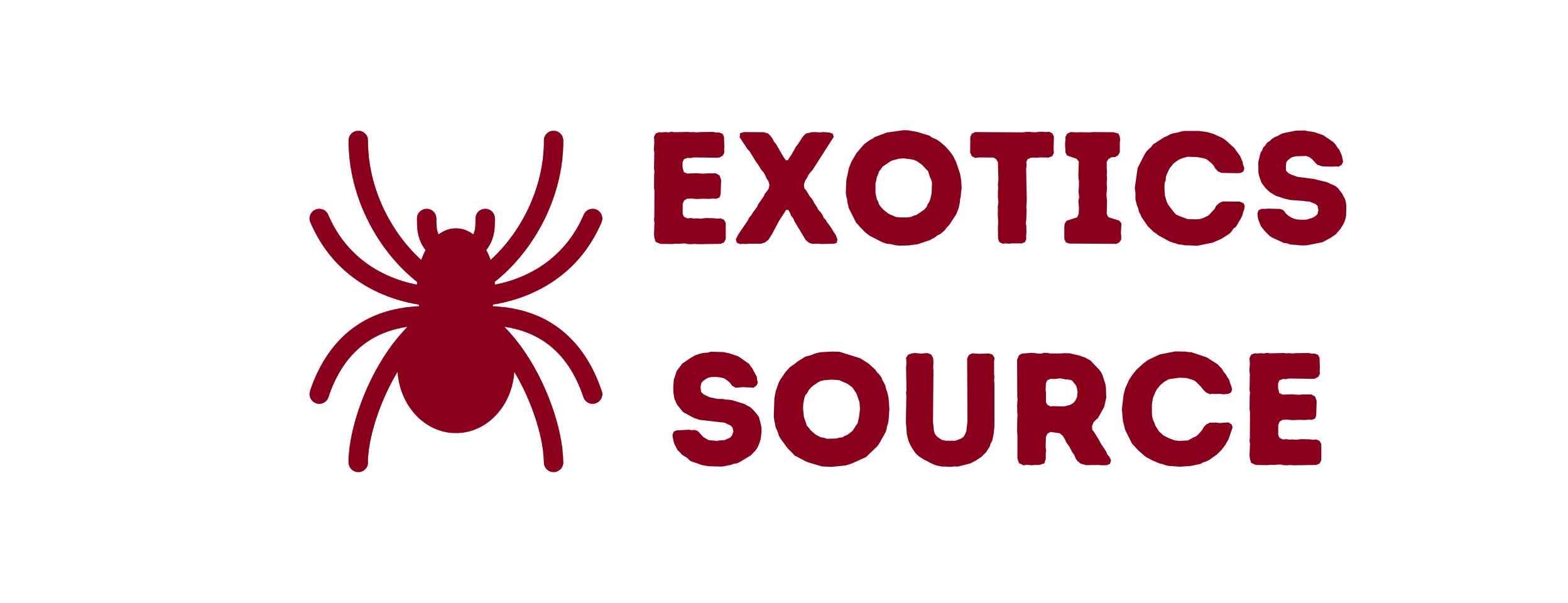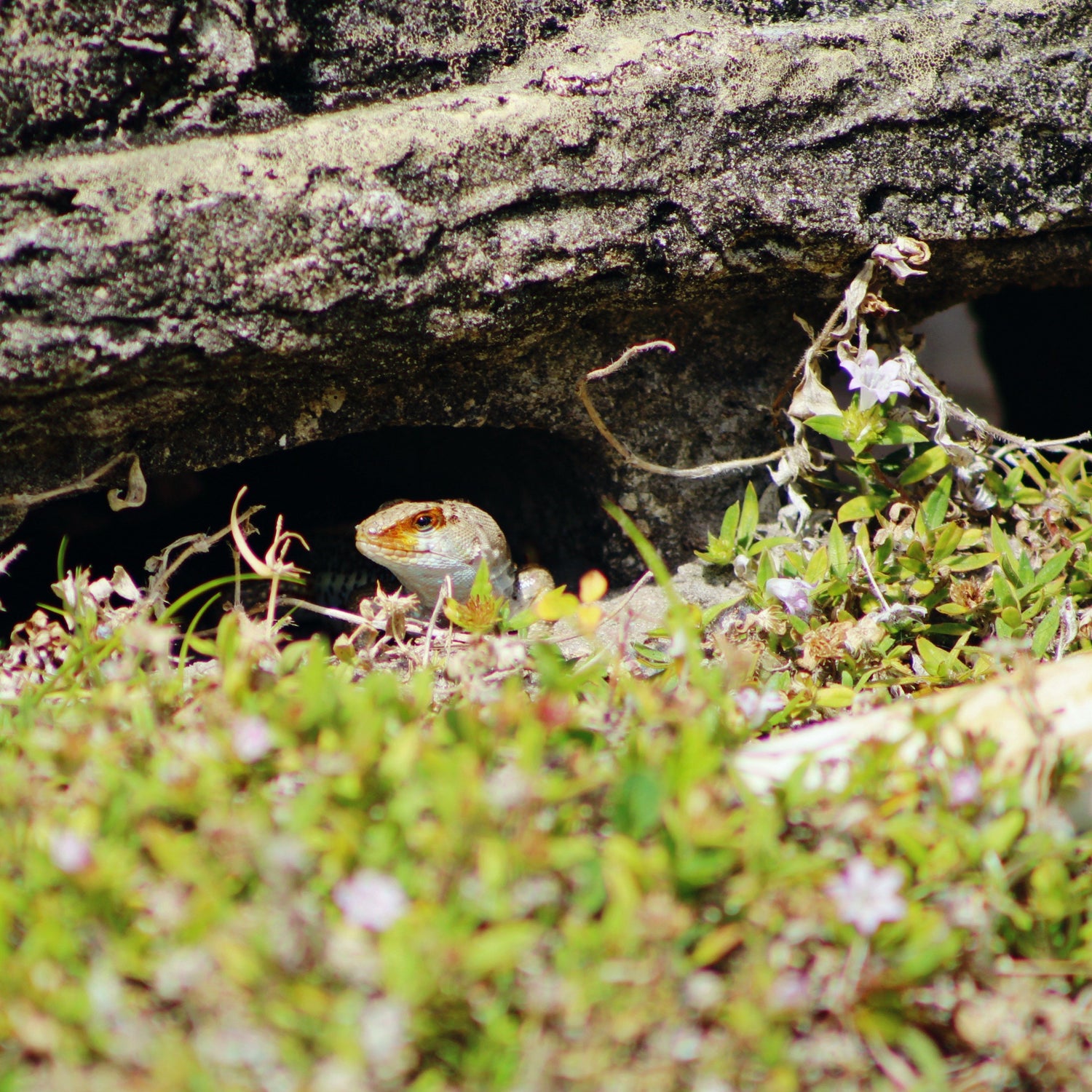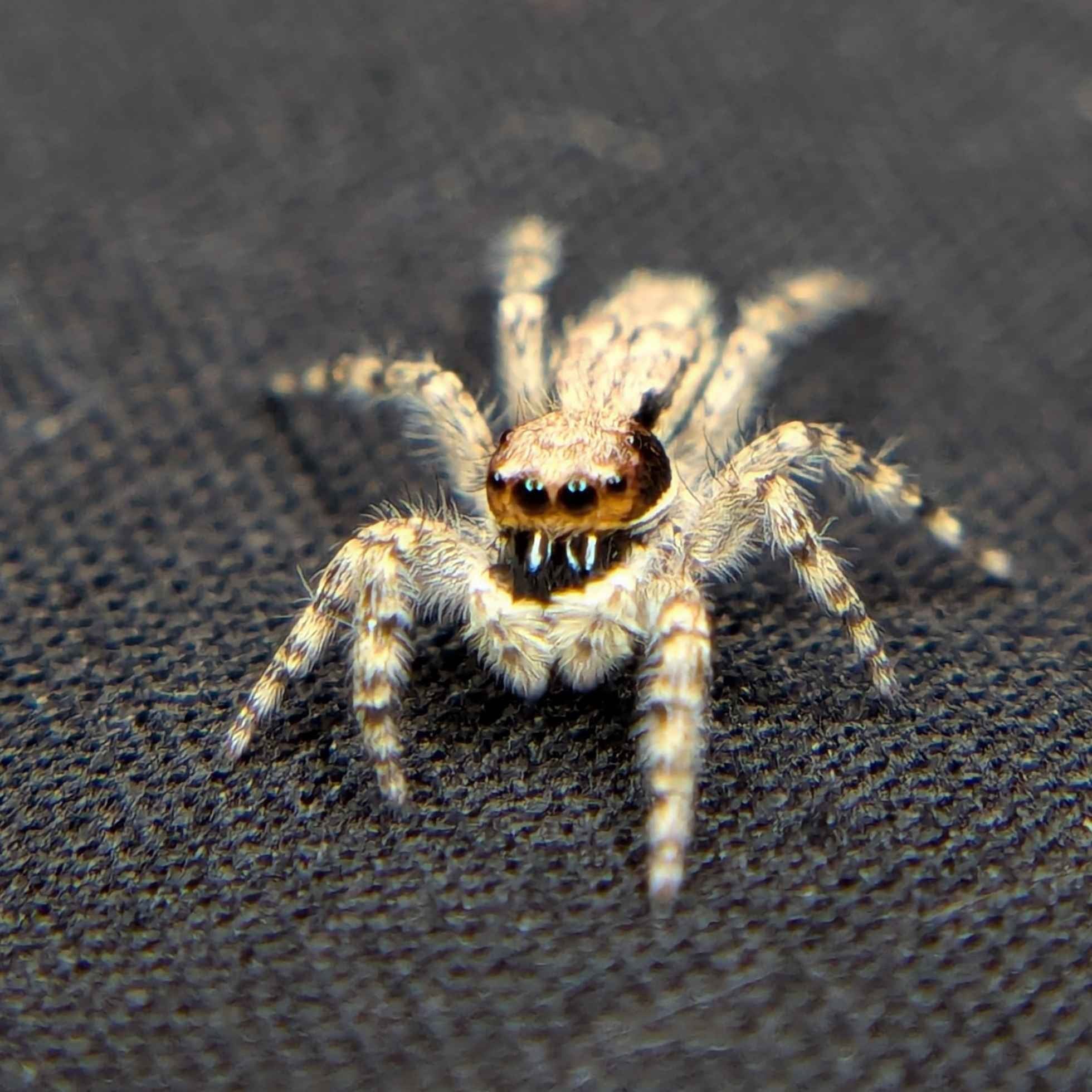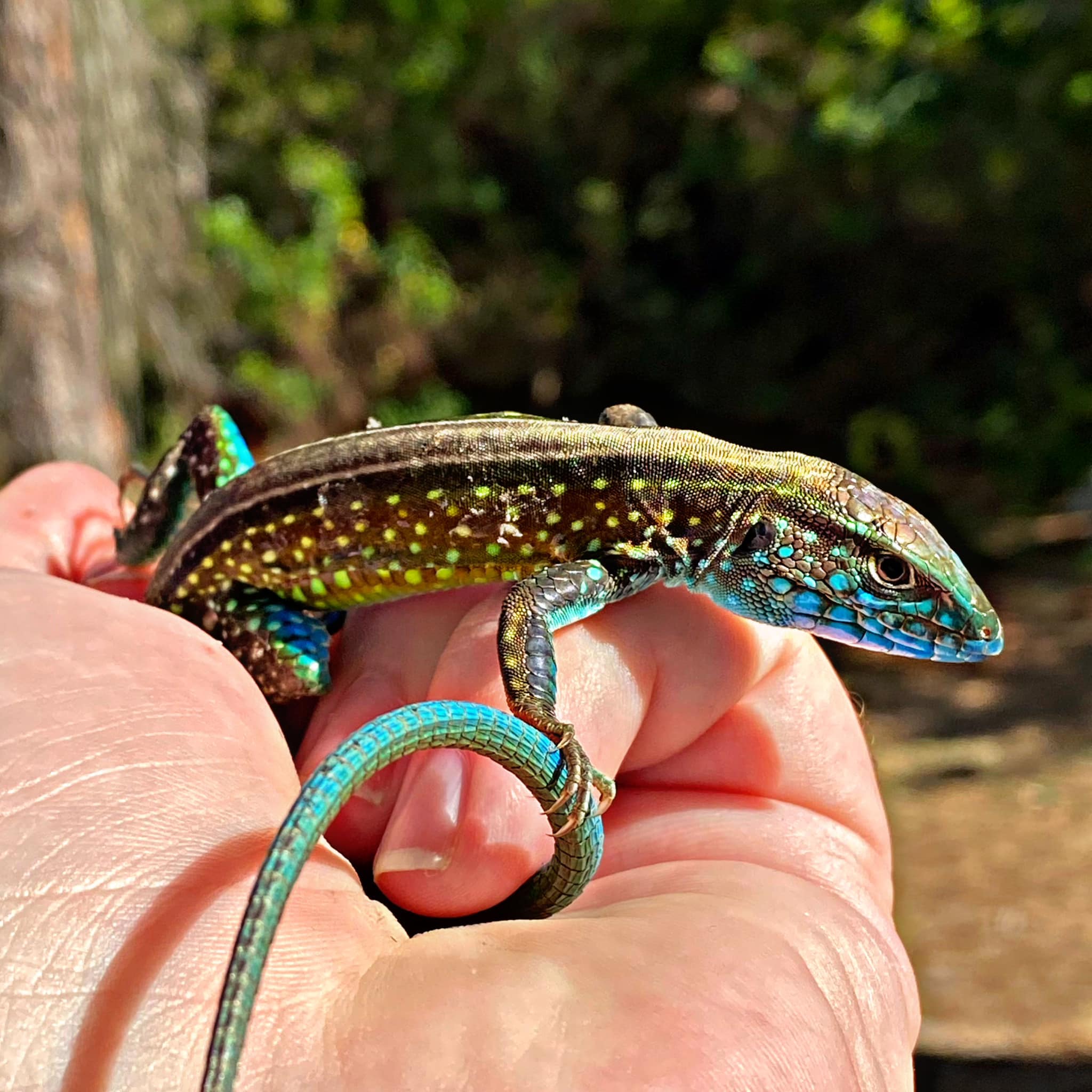Introduction
The Hispaniolan curly tail lizard (Leiocephalus schreibersii) is a diurnal, ground-dwelling species native to the Caribbean. Known for their active nature and distinctive curled tail, these lizards thrive in a well-maintained environment.
Habitat Setup
A single adult requires an enclosure at least 36 inches long, 18 inches wide, and 18 inches tall. A sand-soil mix or reptile-safe soil is ideal for burrowing behavior. Temperatures should range between 85-90°F during the day, with a basking spot reaching 100°F, while nighttime temperatures can drop to 70-75°F. Humidity should be maintained at 50-60% with occasional misting. Full-spectrum UVB lighting should be provided for 10-12 hours daily. Rocks, branches, and hides should be included to provide security and basking spots.
Diet
These lizards primarily feed on insects such as crickets, mealworms, and dubia roaches. They can also consume occasional leafy greens and fruits. Calcium and vitamin D3 supplementation is essential for their health. Juveniles require daily feeding, whereas adults should be fed every other day. A shallow water dish should always be available, and occasional misting helps maintain hydration.
Shedding Care
Hispaniolan curly tail lizards shed regularly as they grow. Maintaining proper humidity and providing rough surfaces, such as rocks or logs, helps them remove old skin. Avoid excessive handling during shedding and never pull off stuck skin, as this can cause injury.
Female-Specific Care
Females may lay clutches of eggs even without a male present. A moist, secluded nesting area with soft substrate should be provided for egg laying. Proper calcium supplementation is crucial for reproductive health and preventing calcium deficiency.
Handling and Temperament
These lizards are active and alert but can be skittish. Handling should be gentle and infrequent to minimize stress. Allowing them time to adjust to their environment before attempting interaction will help them feel more secure.
Health and Maintenance
Common health issues include metabolic bone disease, respiratory infections, and parasites. A clean and well-maintained enclosure helps prevent these problems. Spot-cleaning should be done daily, with a full deep cleaning performed monthly.
Conclusion
With proper care and attention to their environmental and dietary needs, Hispaniolan curly tail lizards can thrive in captivity. Their active nature and unique appearance make them an engaging and rewarding pet.




Leave a comment
This site is protected by hCaptcha and the hCaptcha Privacy Policy and Terms of Service apply.